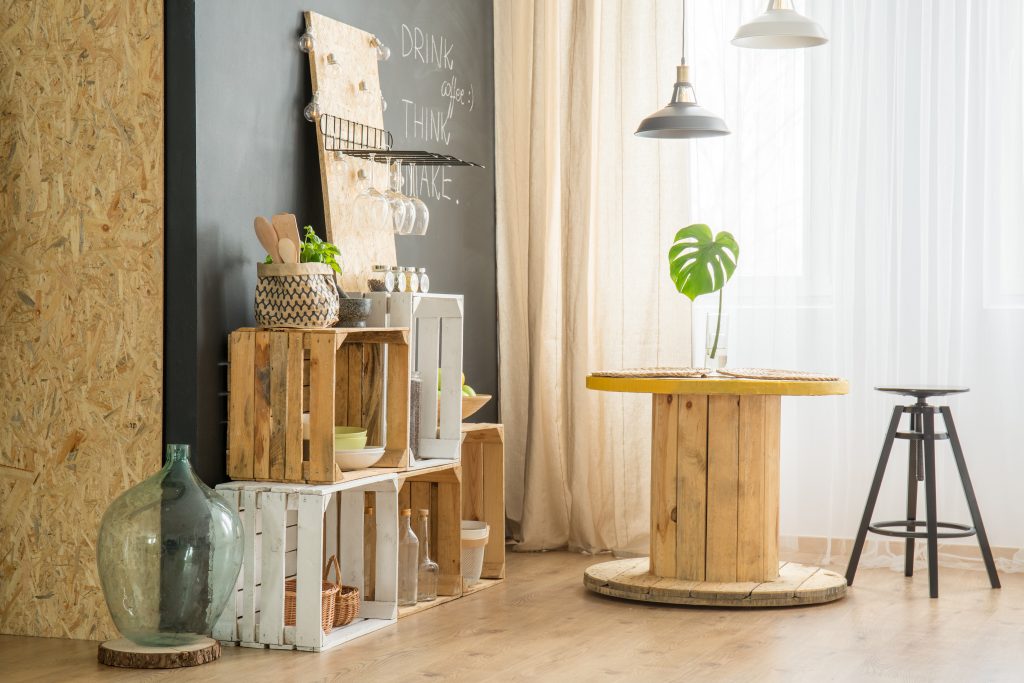Introduction:
In today’s world, where sustainability and creativity intertwine, upcycling furniture has emerged as a popular trend. Not only does it breathe new life into old pieces, but it also promotes eco-conscious living by reducing waste. Whether you’re a seasoned DIY enthusiast or a novice looking to unleash your inner creativity, upcycling furniture offers endless possibilities to transform your space. In this blog, we’ll delve into the art of upcycling furniture, exploring techniques, inspiration, and tips to help you embark on your upcycling journey.
Why Upcycle Furniture?
Upcycling furniture isn’t just about giving old pieces a facelift; it’s about embracing sustainability and injecting your personality into your living space. By upcycling, you divert furniture from landfills, reduce consumption of new materials, and contribute to a greener planet. Additionally, upcycled furniture adds character and uniqueness to your home, setting it apart from mass-produced pieces.
Finding Inspiration:
The key to successful upcycling lies in inspiration. Look around your home, flea markets, or even on social media platforms like Pinterest and Instagram for ideas. Draw inspiration from nature, art, or current design trends. Whether it’s transforming an old dresser into a vibrant statement piece or repurposing wooden pallets into chic outdoor furniture, let your imagination run wild.
Choosing the Right Piece for Upcycling:
When selecting furniture for upcycling, consider factors such as quality, structure, and functionality. Look for solid pieces with good bones that can withstand the transformation process. Don’t shy away from imperfections; they often add character to the final piece. Remember to choose furniture that aligns with your skill level and available tools.
Preparation and Planning:
Proper preparation is crucial for a successful upcycling project. Start by cleaning and inspecting the piece for any repairs or structural issues. Sanding and priming are essential steps to ensure paint adheres smoothly. Create a rough sketch or mood board to visualize your design concept, including color schemes, patterns, and finishes. Planning ahead will streamline the process and help you achieve the desired outcome.
Techniques and Tools:
Upcycling furniture encompasses a variety of techniques, from painting and staining to decoupage and distressing. Experiment with different tools such as brushes, rollers, and stencils to achieve various effects. Consider using environmentally-friendly paints and finishes to further enhance the sustainability of your project. Don’t be afraid to mix and match techniques to create a one-of-a-kind piece that reflects your style.
Final Touches and Maintenance:
Once your upcycled furniture masterpiece is complete, add final touches such as decorative hardware or upholstery to elevate its aesthetic appeal. Proper maintenance is essential to preserve the longevity of your upcycled piece. Regularly clean and dust the furniture, and avoid placing it in direct sunlight or high humidity areas to prevent damage.
Conclusion:
Upcycling furniture is more than just a DIY project; it’s a creative outlet that promotes sustainability and self-expression. Whether you’re revamping an old coffee table or transforming a thrift store find, embrace the journey and let your imagination soar. With the right inspiration, preparation, and techniques, you can upcycle furniture like a pro, creating unique pieces that breathe new life into your space while reducing your environmental footprint. So, roll up your sleeves, grab your tools, and embark on your upcycling adventure today!



